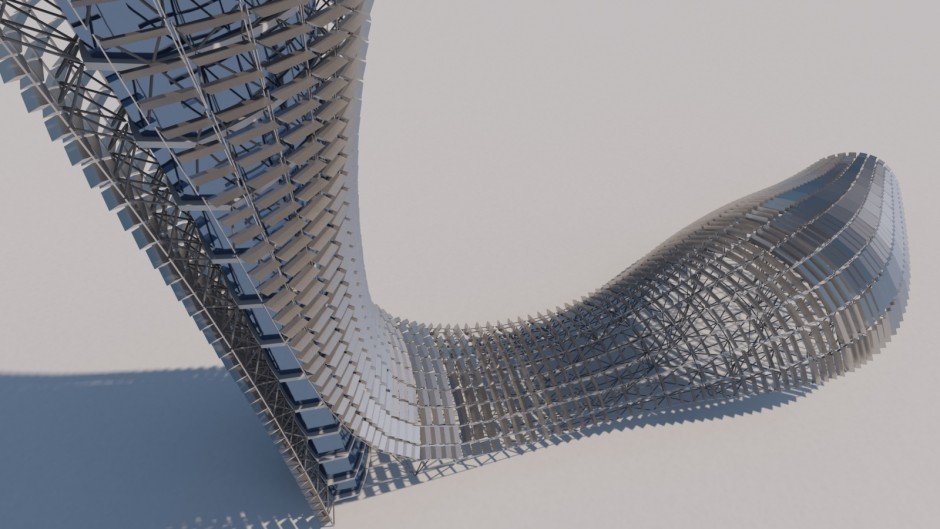Conceptual modeling in
Rhinoceros and Grasshopper

“Using Archicad, our first aim was always to reduce time in managing projects; using GDL we had large flexibility to personalize schedules and control quantities. With Grasshopper we’ll now have a large opportunity to further improve this capability.”
Mario Sacco, ArchiRADAR
The initial free-form, conceptual shape and geometry of the building was created using Rhinoceros. Rhino provided all the tools necessary to efficiently create the double-curved surfaces of NURBs using graphic control-points, enabling convenient, realtime 3D editing.
Grasshopper was used to overlay a mesh surface on the previously constructed NURBs; as a result, the complexity of the double-curved surface was reduced to evenly distributed planar squad panels grouped in clusters. In practice, this ensures that not all panels have a different geometry; instead, the building skin is covered by a series of equal element groups to increase manufacturing efficiency and decrease construction costs.
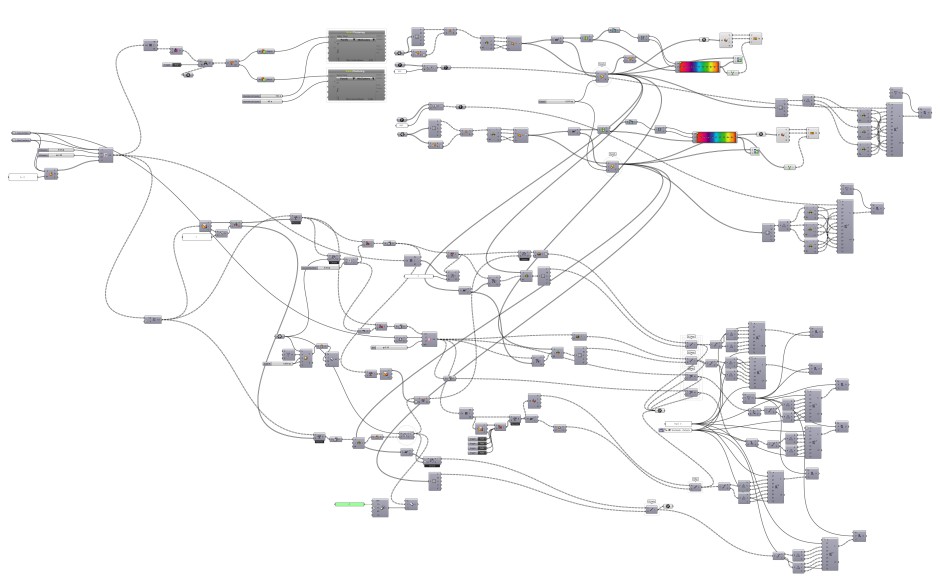

A great design advantage of Grasshopper and Rhino is that all design updates and changes are handled in real time, so any change in the NURBs in Rhino causes an instant update of the mesh surface generated by Grasshopper. This way, the number and size of the planar panels could be easily adjusted.
Under the principal surface, a triangulated grid structure was drawn in Rhino, using only 3D lines, not solid shapes. This way, the 3D definition could be kept very light and easily adjustable, resulting in an extremely small 200 kb Grasshopper file.
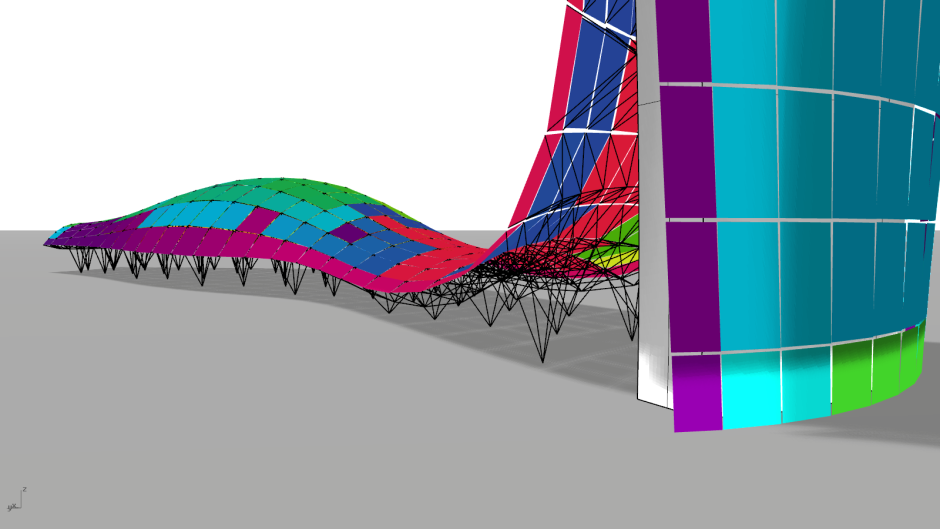
“In the modern era, 3D modeling is viewed as a tool for thinking, representing, and constructing. The AC-GH Connection between Grasshopper and Archicad allows us to investigate this process, which is capable of creating a direct link between creation and production, eliminating the consequentiality of the steps and creating a sort of a dynamic, light, multi-model.”
Michele Calvano, ArchiRADAR
Generating the Archicad BIM
Lines, polylines and points, thanks to the AC-GH Connection can become Archicad objects; so, the next step was to convert the previously generated mesh surfaces and structural grid elements to parametric Archicad elements. In this case, the main element of the building skin was a special, smart, parametric sun-shading screen object (brise-soleil element) written in GDL.
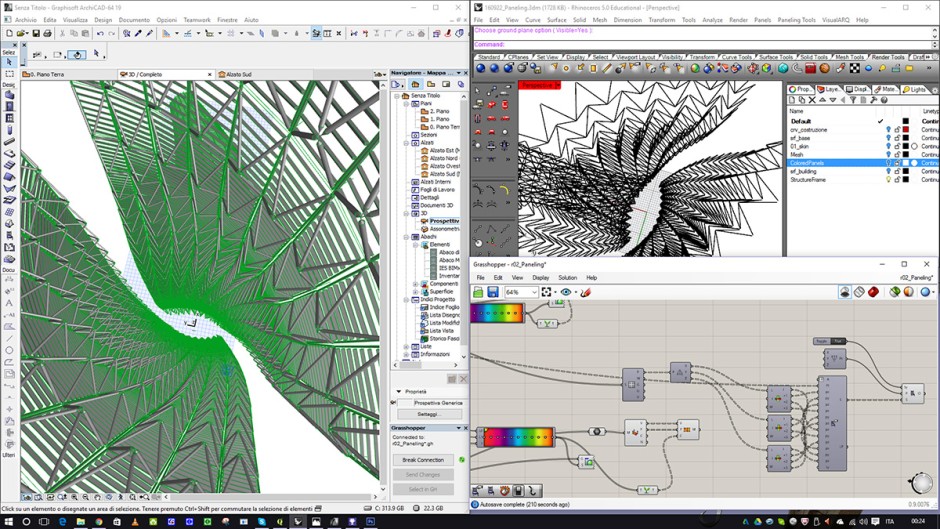
Thanks to the live, bi-directional Grasshopper-Archicad connection, such sun-shading elements were created from the mesh surfaces, meaning that the conceptual model was transferred into a BIM model.
The structural grid elements were converted into ARHICAD beams, resulting in a simplified structural model
This robust, live, two-way connection is available throughout the entire design development project phase. Any changes made in the Archicad building information model will be reflected in Rhino, and any changes initiated in Grasshopper or Rhino will be instantly reflected in the BIM project as well.
As the design evolves, the GDL elements can be refined with details and further elements can be added later as needed. The architectural documentation, including quantity take-offs and schedules, can be created easily during any phase of the design process.
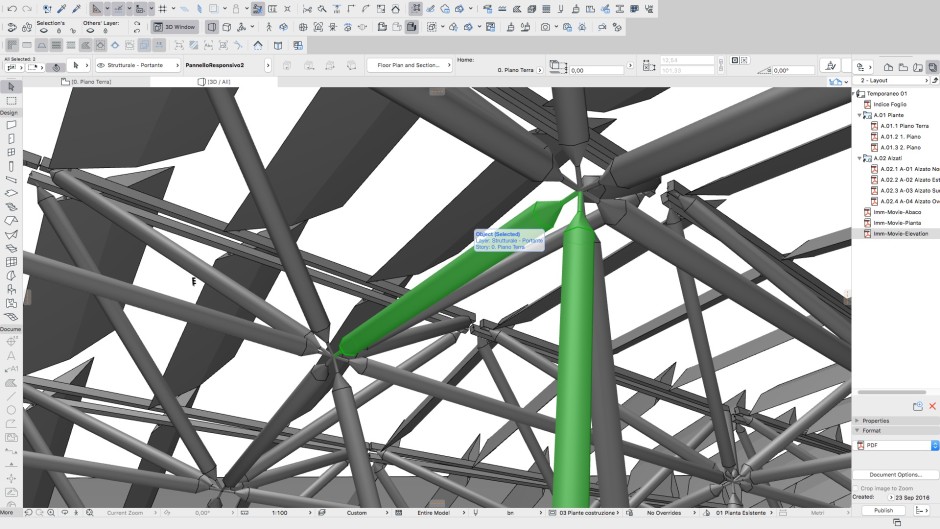

The custom-made, parametric solar panels were refined with parametric object sub-components (spiders, nodes, etc.) and parametric configuration options. Thus, these location- and orientation sensitive solar panels can individually change their inclination on the building per specific, external criteria like actual sky and sun conditions.
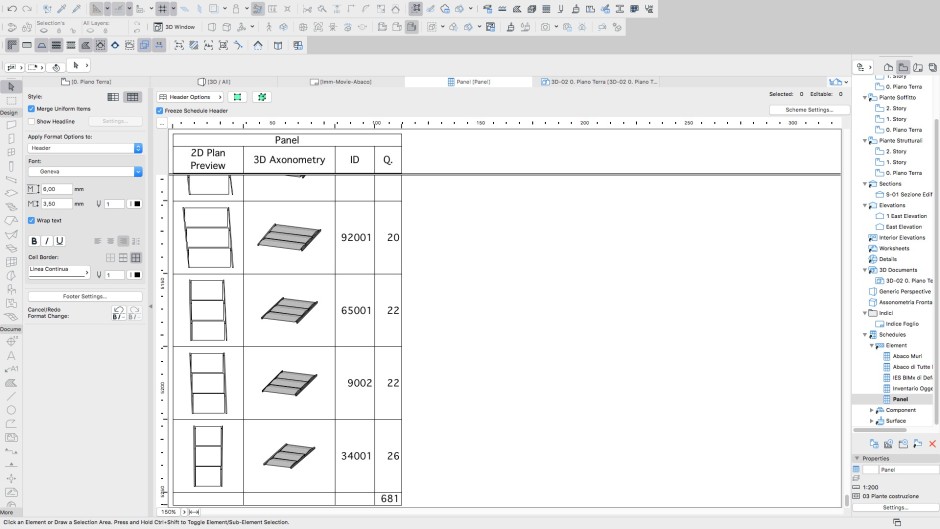
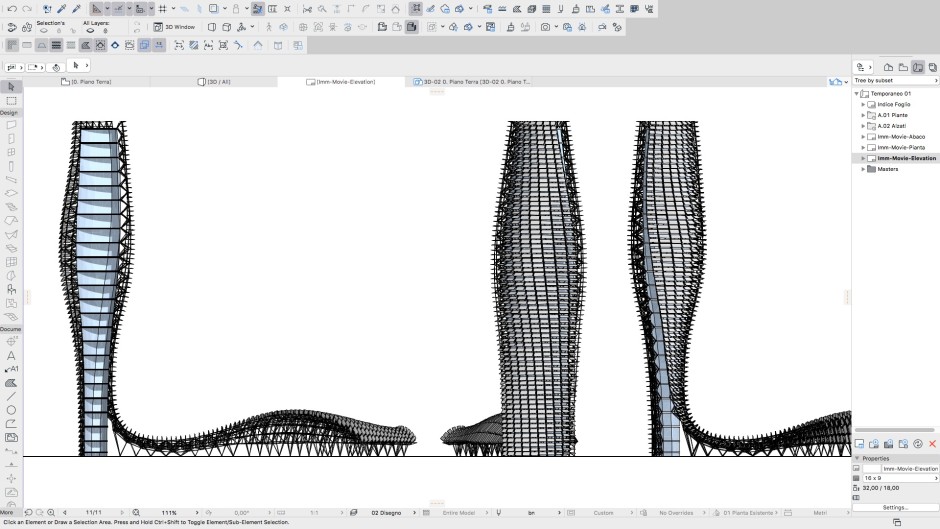
Architectural documentation (Schedule and Elevation) generated from the Archicad BIM | © Michele Calvano and Mario Sacco, ArchiRADAR
The Archicad file size of the project – thanks to the small, parametric elements – is still only 13MB, ensuring an extremely responsive design environment even on average hardware.

Structural design with the help of IFC
The simplified, load-bearing structure was created automatically during the Grasshopper-Archicad import using native Archicad Beam elements. A native beam (not BREP) in IFC allows to list, for example, the exact element length.
These beams were exported to structural software with the help of IFC protocols.
The structural building scheme was created in Tekla Structures and the completed structural model was merged back into the architectural model with the help of IFC. In Tekla, the use of native Archicad Beams allows engineers to redefine the beam type without the need to redraw the entire structure.
This model could be used later for reference, model checking, clash detection with the MEP systems, and for further collaboration purposes. Solibri Model Viewer was used to check if the IFC model complied with the standards.
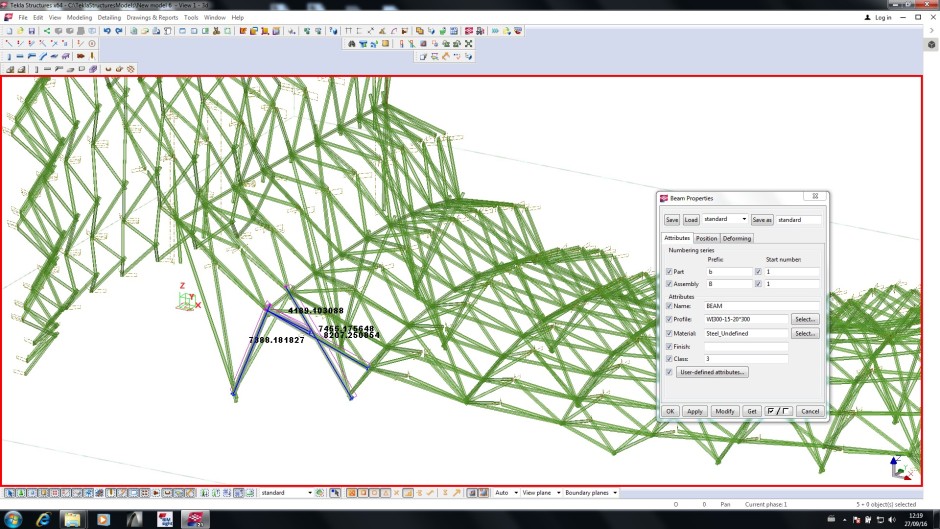
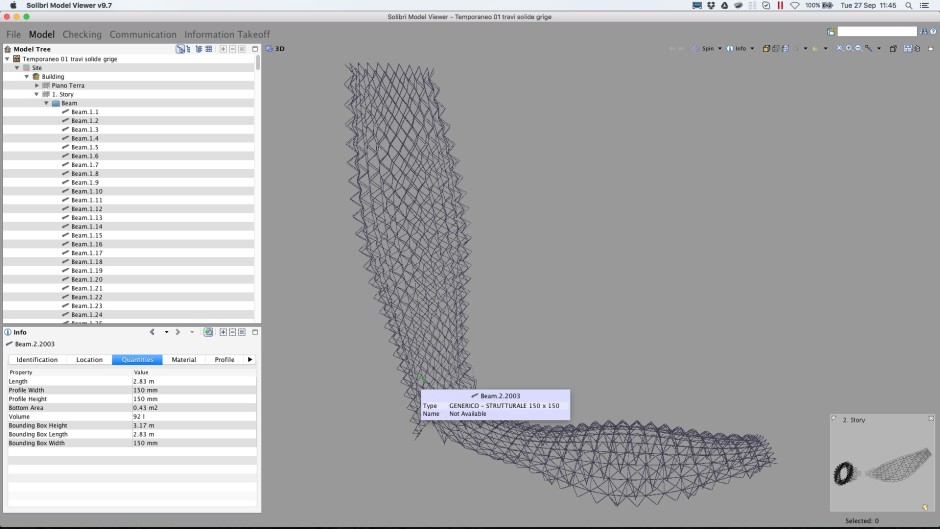
Building energy analysis
The presented workflow offers architects the possibility to incorporate algorithmic design scenarios throughout the entire design workflow and use it not only to create astonishing forms, but also to develop an energy-conscious design that is responsive to its environment and micro-climate as well. The Rhinoceros model may also be used for a more scientific building energy analysis. Using the Ladybug and Honeybee Rhino add-ons, the design can be analyzed using Energy Plus. Archicad also offers various energy evaluation functionalities out-of-the box, while providing various project export possibilities for other applications including PHPP, iSBEM, VIP-Energy, gbXML, as well as a dedicated “green” IFC translator.
About ArchiRADAR
ArchiRADAR provides BIM services that span the stages of planning, design, construction and management across the AEC (Architectural, Engineering & Construction) Industry. We deliver customized services and solutions that suit your BIM requirements specifically with regard to types and sizes of projects.
About Graphisoft
Graphisoft® ignited the BIM revolution in 1984 with Archicad®, the industry first BIM software for architects. Graphisoft continues to lead the industry with innovative solutions such as its revolutionary BIMcloud®, the world’s first real-time BIM collaboration environment; and BIMx®, the world’s leading mobile app for lightweight access to BIM for non-professionals. Graphisoft is part of the Nemetschek Group.
